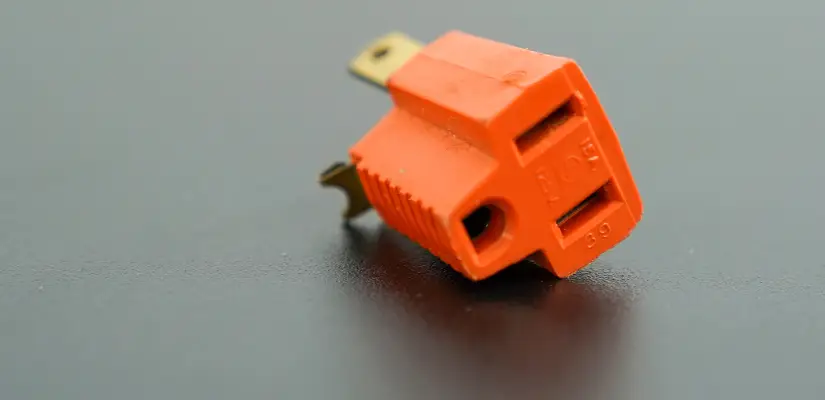
Mr. Electric explains that using a three-prong adapter can be risky if not done properly. To use one safel.
|
You’re at your Aunt Matilda’s country estate working on a kitchen remodeling project. When you try to plug in your brand-new table saw, you realize that the saw has a three-pronged plug, but your aunt’s home only has two-slot outlets. This is not an uncommon problem, especially in older homes and apartments.
All major appliances have been required to have three-pronged plugs since 1969. At that time, only about half of the outlets in the United States had three slots. Since then, three-pronged plugs have become the standard on many tools, electronic devices and appliances. While newer homes are typically wired to accommodate them, older homes like your Aunt Matilda’s often are not.
So, should you run to the local hardware store to purchase a three-prong adapter? Maybe, but determining two- to-three-prong-adapter safety can be tricky. Although three-prong adapters, also known as “cheater plugs,” may seem like a quick and convenient fix, there are variables to consider before choosing to use one.
Wiring and Amp Service
When deciding whether to use a three-prong adapter, one thing to consider is whether the wiring that supplies power to the outlet can sufficiently handle the amps needed to power the appliance or device. In many cases, two-slot service was installed with cloth-insulated wire that is not rated for many of today’s high-tech items. If you use a high-amp gadget with a low-amp outlet, the wires may overheat, leading to a fire hazard or electric shock risk.
To figure out what the wires can safely carry, take a quick trip to the fuse panel or breaker box.
The number on the main breaker or fuse will indicate your amp service. The minimum to process today’s average load is 100 amp service, but some older homes or small cottages may only have 30 amp service. Your circuit breakers or fuses may be labeled by room location, too, in which case you can determine the amp service to individual circuits. For example, 20 amp circuits will typically be safe for most devices other than heavy-draw appliances like electric stoves, dryers, or refrigerators. If the amp service is low, using a “cheater” adaptor plug – even for a short time – is not a good idea, and three-prong adapters should never be used with major appliances, which typically require special, dedicated wiring.
Is the Electrical Box Grounded?
Another consideration is whether the electrical box itself is grounded. Ideally, the center screw in an older two-slot outlet will be grounded. Newer three-prong adapters have a screw tab that ensures contact directly to this grounded center screw. As long as an adapter plug makes contact with a grounded screw, using a three-prong adapter may be a relatively safe option, at least in the short term.
Using an adapter with an ungrounded outlet increases the risk of serious electrical shock or electrocution from faulty or damaged products.
To find out if the box is grounded, use a receptacle tester, also known as a multimeter. These inexpensive devices are available at most hardware or home improvement stores. Follow manufacturer instructions to interpret the device’s readings. Generally, you need to check if the light that corresponds to the ground wire lights up appropriately. Or, you can use a circuit tester: insert one prong into the “hot” slot (the shorter slot). Touch the other prong to the cover plate screw. If the box is grounded, the tester will light up.
To summarize, a three-prong adapter is typically safe to use when plugged into a grounded outlet, as long as the wiring is sufficient to handle the amp load, but it should not be a long-term solution. Note: If the outlet is installed in a concrete wall, it may give a false positive reading without being properly grounded. In this case, checking with an electrician before proceeding may be your best bet.
Insurance and Warranty Issues
If you already use, or are planning to use three-prong adapters, you should be aware of a few other pitfalls. In many cases, your homeowner’s insurance may not cover injuries or fires resulting from appliances that were plugged into three-prong adapters. And, product warranties may be voided based on their use.
Updating Electrical Systems
While using three-prong adapters may be acceptable in some situations, with so many variables to consider, why take a chance? The best, safest option is to have a licensed electrician inspect your electrical system and make upgrades to outdated circuits, outlets, and other components.
Mr. Electric® has over 25 years of experience in electrical installation and repair. Don’t wait! Take steps to protect your family, your home, and your appliances from the potential electrical hazards of outdated electrical components. Call your local Mr. Electric today or make an appointment online.

